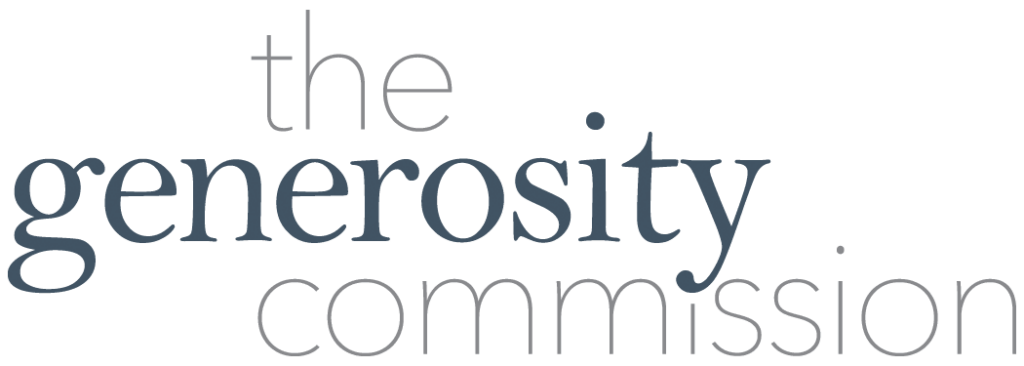Commissioned Research
How do Americans express generosity? And how can we better support and enable everyday giving?
The Generosity Commission funded a variety of research studies to contribute to the national understanding about how individual givers and volunteers are reimagining generosity in powerful and positive ways, strengthening our society and democracy in the process.
The following research analyzes how Americans express generosity and provides insight into how to support and enable everyday giving and volunteering.
How We Give Now: Conversations Across the United States (Stanford PACS, 2020)
This study presents eye-opening data on the breadth and scope of generosity in America and how people choose to support each other in various ways. Discover how giving behaviors in the U.S. reach far beyond the kinds of activities that are officially counted or incentivized and be challenged to consider what ways the perception of generosity needs to change.
Leading nonprofit researchers from American University, George Mason University, the Georgia Institute of Technology, and the Urban Institute are collaborating on an ongoing study analyzing data on a national level, this report provides an understanding of the impact of the COVID-19 pandemic on giving to community-based and social service organizations across the U.S.
Formal + Informal Giving in 2020: How behavior changed
The University of Pennsylvania’s School of Social Policy & Practice’s research, Generosity Trends and Impacts: Before and During the COVID-19 Pandemic in the USA tracks the generous behaviors of U.S. adults before and during the COVID-19 pandemic, including formal giving and volunteering through organizations and informal giving and volunteering not mediated by organizations. This also includes other pro social behavior, such as donating blood or engaging in political advocacy. The study tracks the trajectory of behavioral change across age, gender, education, income, and activity.
Audience research, How and Why We Give: Research Insights on the Aspirations and Motivations that Inspire People to Give and Volunteer by Hattaway Communications, provides insight on the mindsets and motivations of generous people of all kinds. Focusing on the barriers that prevent individuals from giving and volunteering, this research provides insight to help industry leaders effectively motivate audiences and understand mindsets about generosity to determine how attitudes and aspirations influence action.
The Do Good Institute completed two research reports focused on understanding the impact of various influences on giving and volunteering behavior. The first research report, Understanding Generosity: A Look at What Influences Volunteering and Giving in the United States, explores the decline in the volunteer and giving rate through the lens of micro-level (individual, family or household characteristics) and macro-level (state and metropolitan level characteristics) influences.
A second report by the Do Good Institute, Social Connectedness and Generosity: A Look at How Associational Life and Social Connections Influence Volunteering and Giving (and Vice Versa), added meso-level (influences of groups, organizations, social networks) variables to the analysis to examine the social determinates of generosity, and explore the relationship between different types of civic behavior.
The Generosity Commission’s landscape of American generosity delves into giving and volunteering trends in the U.S. over the last several decades.
I want to show I care. And I care about not only the people that live here now, but the people who are going to live in the community in the future.
— Bakari, Focus Group Participant, Maryland

